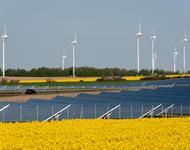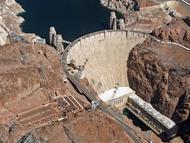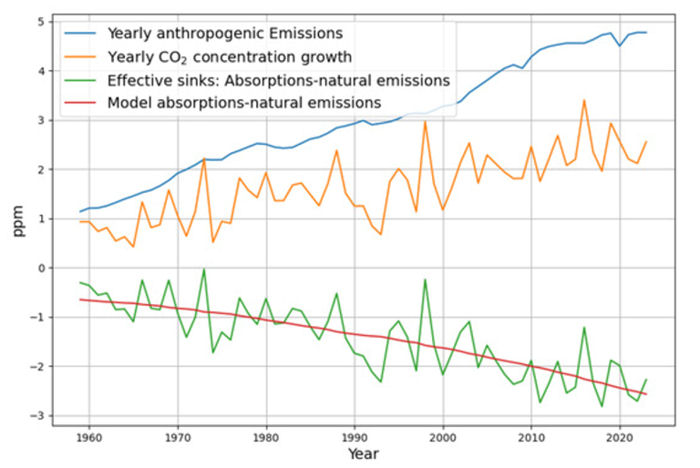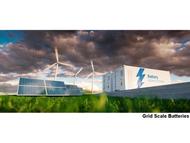Candor : unreserved, honest, or sincere expression : forthrightness : freedom from prejudice or malice : fairness
The proposed global energy transition to “all-electric everything” and Net Zero by 2050 is not unfolding as we were told it would. Rather, it is unravelling as many of us thought it would. Rising energy costs, declining energy reliability, fuel selection mandates, reduced freedom of movement, dietary changes and other real and perceived issues have spawned resistance to the transition. The lack of candor regarding the transition is palpable. It is clearly time for climate candor.
The UNFCCC and the IPCC need to be candid about the continued existence and influence of natural climate variation and include research into the causes of natural variation in their programs.
The IPCC Working Group authors need to be fair in including all relevant research in their evaluations, not just research which supports the consensus narrative.
The consensed climate science community needs to cease its efforts to prevent publication of climate research which does not comport with the consensus narrative.
The IPCC Working Group authors need to insist that the IPCC Summary for Policymakers is a real summary of the conclusions of the Working Groups and not a gross exaggeration describing the current situation as a “crisis” or “existential threat” of an emergency.
The UN Secretariat needs to tone down the “earth on fire” and “boiling oceans” rhetoric intended to scare the population into precipitous action.
NOAA and NASA need to justify why and explain how they repeatedly “adjust” historic temperature anomalies.
The renewable generation developers need to tone down the “cheapest electricity” rhetoric, acknowledge that their generation systems are redundant capacity and will remain so until hey are combined with sufficient storage capacity to render their generating capacity dispatchable.
Electric utilities need to clearly communicate their need for dispatchable capacity sufficient to meet current and projected future peak demand.
Electric utilities and their ISOs and RTOs need to clearly communicate to both government and regulatory agencies that existing coal and natural gas generation cannot be shuttered until sufficient alternative dispatchable generation has been commissioned to replace their generating capacity and accommodate growth in expected peak demand.
Electric utilities and their ISOs and RTOs need to clearly communicate that additional natural gas generation capacity might be necessary to accommodate peak demand growth if dispatchable renewable generation capacity is not connected to the grid rapidly enough to meet growing demand resulting from “all-electric everything”
Federal and state agencies responsible for the energy transition need to acknowledge that the Dispatchable Emissions-Free Resources (DEFRs) they are relying upon to supplement renewable generation do not exist and are therefore not currently available for deployment. These agencies also need to acknowledge that the future availability of these DEFRs is uncertain.
Federal and state agencies also need to acknowledge that DEFRs, if and when they become available, render intermittent renewable generation redundant capacity to the extent that they are employed as backup capacity to renewable generation.
Federal and state agencies need to acknowledge that the promise of reduced energy costs resulting from the energy transition is a fraudulent fantasy.
While the above actions need to occur in the interest of candor, it seems highly unlikely that they will occur before there is a major grid outage followed by a self-serving “blame game”.
A repetition of the “Six Phases of a Project” appears inevitable.
 The Right Insight is looking for writers who are qualified in our content areas. Learn More...
The Right Insight is looking for writers who are qualified in our content areas. Learn More...













